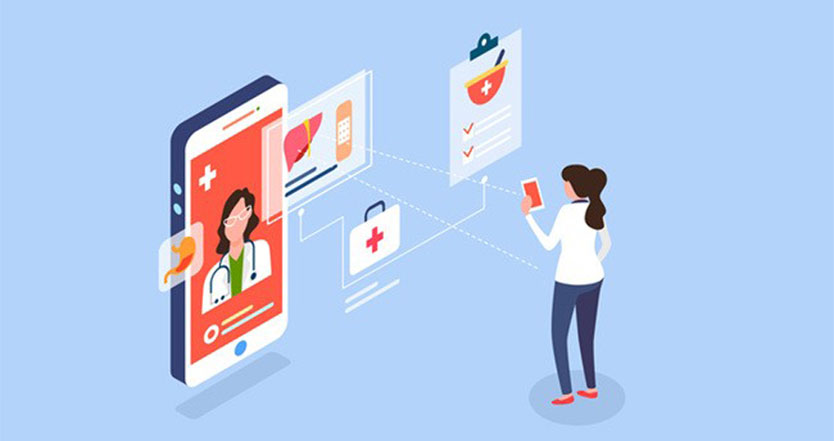About HTS

Diabetic emergencies
The classic symptoms of untreated diabetes are unintended weight loss, polyuria (increased urination), polydipsia (increased thirst), and polyphagia (increased hunger). Symptoms may develop rapidly (weeks or months) in type 1 diabetes, while they usually develop much more slowly and may be subtle or absent in type 2 diabetes.
Several other signs and symptoms can mark the onset of diabetes although they are not specific to the disease. In addition to the known symptoms listed above, they include blurred vision, headache, fatigue, slow healing of cuts, and itchy skin. Prolonged high blood glucose can cause glucose absorption in the lens of the eye, which leads to changes in its shape, resulting in vision changes. Long-term vision loss can also be caused by diabetic retinopathy. A number of skin rashes that can occur in diabetes are collectively known as diabetic dermadromes.
People with diabetes (usually but not exclusively in type 1 diabetes) may also experience diabetic ketoacidosis (DKA), a metabolic disturbance characterized by nausea, vomiting and abdominal pain, the smell of acetone on the breath, deep breathing known as Kussmaul breathing, and in severe cases a decreased level of consciousness. DKA requires emergency treatment in hospital. A rarer but more dangerous condition is hyperosmolar hyperglycemic state (HHS), which is more common in type 2 diabetes and is mainly the result of dehydration caused by high blood sugars.
Treatment-related low blood sugar (hypoglycemia) is common in people with type 1 and also type 2 diabetes depending on the medication being used. Most cases are mild and are not considered medical emergencies. Effects can range from feelings of unease, sweating, trembling, and increased appetite in mild cases to more serious effects such as confusion, changes in behavior such as aggressiveness, seizures, unconsciousness, and rarely permanent brain damage or death in severe cases. Rapid breathing, sweating, and cold, pale skin are characteristic of low blood sugar but not definitive. Mild to moderate cases are self-treated by eating or drinking something high in rapidly absorbed carbohydrates. Severe cases can lead to unconsciousness and must be treated with intravenous glucose or injections with glucagon.
Several other signs and symptoms can mark the onset of diabetes although they are not specific to the disease. In addition to the known symptoms listed above, they include blurred vision, headache, fatigue, slow healing of cuts, and itchy skin. Prolonged high blood glucose can cause glucose absorption in the lens of the eye, which leads to changes in its shape, resulting in vision changes. Long-term vision loss can also be caused by diabetic retinopathy. A number of skin rashes that can occur in diabetes are collectively known as diabetic dermadromes.
People with diabetes (usually but not exclusively in type 1 diabetes) may also experience diabetic ketoacidosis (DKA), a metabolic disturbance characterized by nausea, vomiting and abdominal pain, the smell of acetone on the breath, deep breathing known as Kussmaul breathing, and in severe cases a decreased level of consciousness. DKA requires emergency treatment in hospital. A rarer but more dangerous condition is hyperosmolar hyperglycemic state (HHS), which is more common in type 2 diabetes and is mainly the result of dehydration caused by high blood sugars.
Treatment-related low blood sugar (hypoglycemia) is common in people with type 1 and also type 2 diabetes depending on the medication being used. Most cases are mild and are not considered medical emergencies. Effects can range from feelings of unease, sweating, trembling, and increased appetite in mild cases to more serious effects such as confusion, changes in behavior such as aggressiveness, seizures, unconsciousness, and rarely permanent brain damage or death in severe cases. Rapid breathing, sweating, and cold, pale skin are characteristic of low blood sugar but not definitive. Mild to moderate cases are self-treated by eating or drinking something high in rapidly absorbed carbohydrates. Severe cases can lead to unconsciousness and must be treated with intravenous glucose or injections with glucagon.